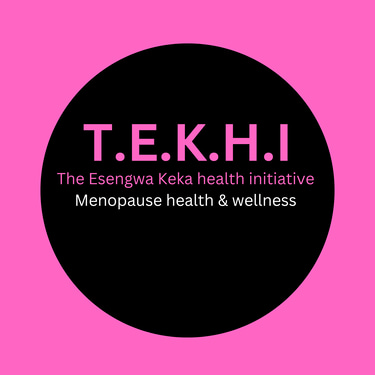Generalized Bone Pains in Menopausal Women: The Overlooked Diagnosis of Osteoporosis
30-50% of menopausal women experience bone pain (sometimes generalized ) with varying degrees of severity.


Prevalence of Generalized Bone Pains in Menopausal Women
Generalized bone pains are a prevalent concern among women undergoing menopause, significantly impacting their quality of life. Statistical data indicates that approximately 30-50% of menopausal women experience some form of bone pain, with varying degrees of severity. These pains are often attributed to the hormonal fluctuations that characterize menopause, particularly the decline in estrogen levels, which plays a crucial role in maintaining bone density.
Decreased bone density is a significant factor contributing to the prevalence of bone pains during menopause. As bone resorption outpaces bone formation, bones become more brittle and susceptible to pain and fractures. This reduction in bone density can lead to osteoporosis, a condition where bones become so weak that even minor stresses can cause fractures. The National Osteoporosis Foundation reports that nearly 10 million Americans have osteoporosis, with women constituting 80% of this population, highlighting the gender disparity and the critical need for attention to bone health during menopause.
Moreover, lifestyle factors such as diet, physical activity, and smoking habits can exacerbate the risk of developing bone pains. A sedentary lifestyle, poor nutrition, and smoking have been identified as significant risk factors that can further diminish bone health. Additionally, inadequate intake of calcium and vitamin D can hinder the body’s ability to maintain strong bones, further contributing to the prevalence of generalized bone pain among menopausal women.
The impact of these pains extends beyond the physical, affecting emotional and social well-being. Chronic pain can lead to decreased mobility, limiting the ability to perform daily tasks and participate in social activities. This can result in feelings of isolation, depression, and anxiety, further diminishing the overall quality of life. Understanding the prevalence and multifaceted impact of generalized bone pains in menopausal women underscores the importance of early diagnosis, preventive measures, and effective management strategies to improve their well-being.
Challenges in Diagnosing Osteoporosis: The Role of General Practitioners
Diagnosing osteoporosis in menopausal women presents a myriad of challenges for general practitioners (GPs). One significant hurdle is the frequent misinterpretation of generalized bone pains, which are often mistakenly attributed to other conditions such as arthritis or fibromyalgia. This misdiagnosis can stem from a lack of awareness among GPs regarding the prevalence of osteoporosis in menopausal women, particularly when symptoms are not overtly indicative of bone density loss.
Another contributing factor is the similarity of osteoporosis symptoms with those of other musculoskeletal disorders. Generalized bone pains, fatigue, and joint discomfort can easily be mistaken for less severe conditions, leading to an underestimation of the patient's risk profile. This overlap in symptoms complicates the diagnostic process, especially in primary care settings where time and resources might be limited.
Moreover, GPs may not consistently utilize diagnostic tools such as bone density scans (DEXA scans), which are crucial in identifying osteoporosis. The infrequent use of these diagnostic measures can result from a combination of factors, including the perceived cost, limited access to specialized equipment, and a lack of routine screening protocols. Consequently, osteoporosis often remains undiagnosed until a fracture occurs, by which time significant bone loss may have already taken place.
The implications of missed osteoporosis diagnoses are profound. Undiagnosed and untreated osteoporosis significantly increases the risk of fractures, leading to long-term health complications, reduced quality of life, and increased mortality rates. For menopausal women, this risk is particularly heightened due to the rapid decline in estrogen levels which directly impacts bone density.
To improve diagnostic accuracy, a multi-faceted approach is necessary. Increasing education and awareness among GPs about the importance of early osteoporosis detection is paramount. Implementing more comprehensive screening protocols, including routine bone density assessments for at-risk populations, can aid in early identification and intervention. Additionally, enhancing patient education about the risks and symptoms of osteoporosis can encourage proactive health-seeking behaviors. By addressing these challenges, the healthcare system can better manage and mitigate the impacts of osteoporosis in menopausal women.
